Order: Coraciiformes. Family: Alcedinidae

Juvenile
Description
Size 12-13 cm. The smallest Kingfisher in the region. It has a small dark blue crown (finely transversely banded with ultramarine), that does not extend down to the eye, rufous underparts and a blue back extending down to the tail. The adult bird has orange cheeks with mauve wash to ear coverts. Red bill. Red legs.
The natalensis subspecies occurring in the south of the range has paler underparts and a blue spot above the white ear patch.
Juvenile resembles adult but is duller, with a darker face, and breast scaling. It has less extensive violet on the ear coverts and a blackish rather than orange bill.
Similar species: It may be differentiated from the similar Malachite Kingfisher by its smaller size, lacking a crest, its broad orange supercilium and the violet wash around the ears coverts. Both species have wholly red bills, but that of the Pygmy Kingfisher is stubbier.
Taxonomy
There are three subspecies: Only I. p. natalensis occurs in southern Africa.
I. p. pictus: Senegambia to Ethiopia, Uganda, southern Mozambique and Pemba Island with lilac ear coverts.
I. p. ferruginea: Rainforests of Sierra Leone to Congo Basin and western Uganda
I. p. natalensis: Angola to southern Mozambique and South Africa.
Distribution
Widespread across sub-Saharan Africa, absent only from parts of East Africa and southern Africa. It is an intra-African migrant occurring in Zimbabwe, the Caprivi Strip, marginally in Botswana, the Transvaal, Swaziland and along the east coast and adjacent interior. It is relatively abundant along the east coast littoral and the Transvaal escarpment.
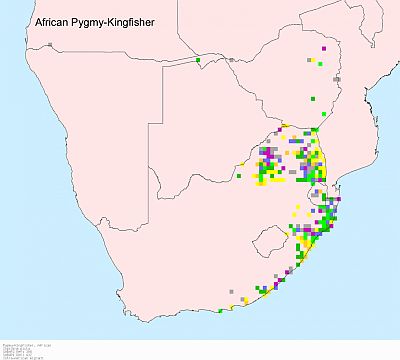
Habitat
Non-aquatic; frequents woodland savanna and coastal forets. It generally prefers savanna, riverine forest, coastal bush, plantations and gardens.
Movements and migrations
Intra-African breeding migrant, arriving in southern Africa in the period from September-October. Once the breeding season is over (around March), the juveniles and adults migrate back to other parts of Africa.
Diet
It rarely eats fish, but rather feeds mainly insects, occasionally supplemented with small vertebrates. It usually hunts by sitting on a perch, trying to locate prey. Once it locates something it dives to the ground, picking up the prey item before returning to its perch. The diet includes grasshoppers, flies, moths, beetles caterpillars, spiders, millipedes, crabs, small frogs, lizards, skinks and aquatic insects.
Breeding
It nests in burrows dug into an earthen banks, such as a erosion gullies, stream banks, termite mounds, trenches and pits. Egg-laying season peaks from October-December. It lays 3-6 eggs, which are incubated by both sexes for roughly 18 days. The chicks stay in the nest for about 18 days, after which they rapidly develop hunting skills, becoming fully independent soon after fledging.
Call
A high-pitched chip chip flight note.
Status
Common summer visitor.



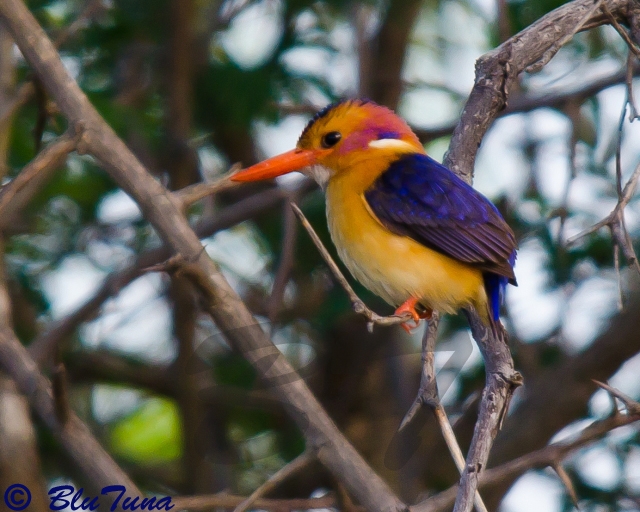 © BluTuna
© BluTuna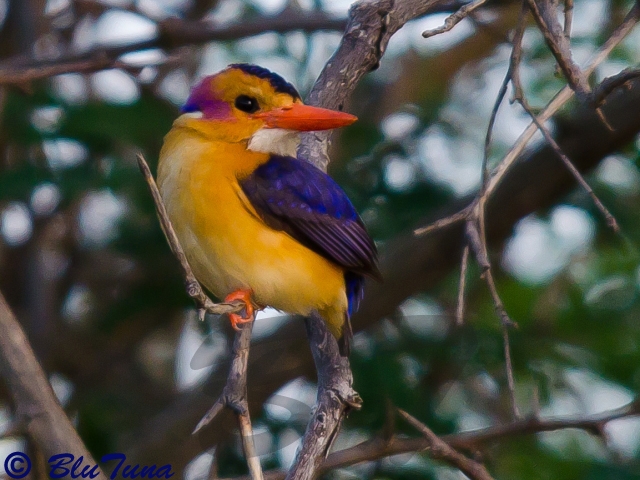 © BluTuna
© BluTuna © BluTuna
© BluTuna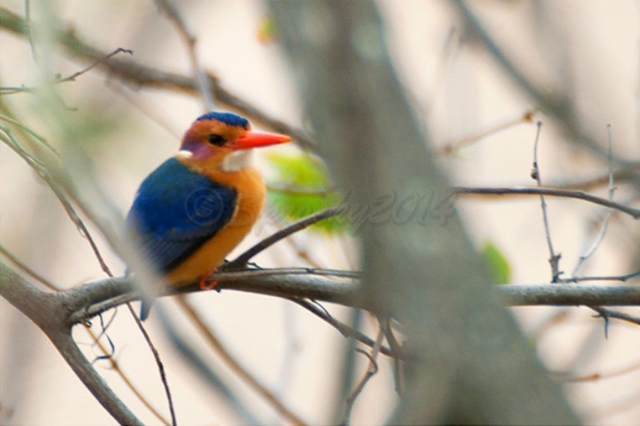 © Sprocky
© Sprocky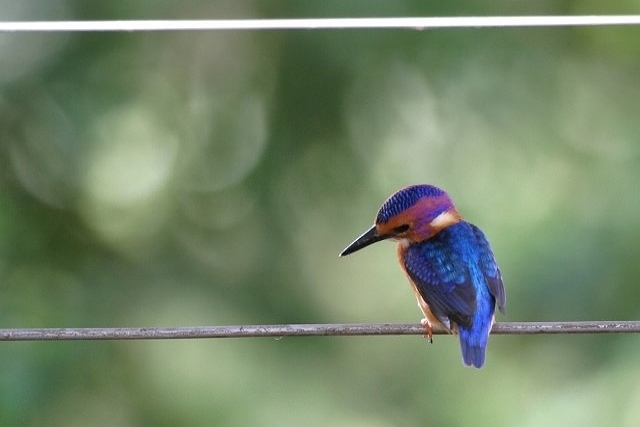 © nan
© nan © Pumbaa
© Pumbaa © Bushcraft
© Bushcraft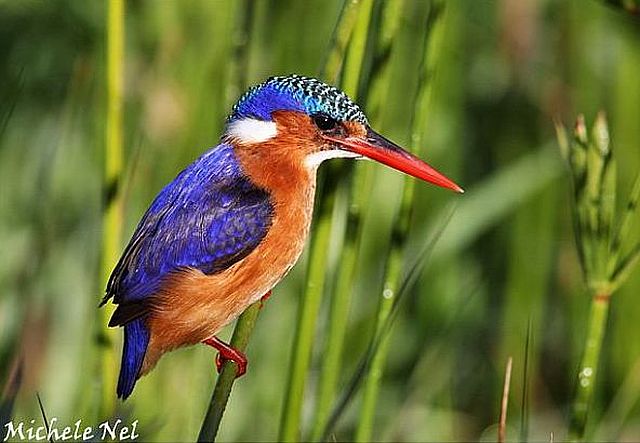 © Michele Nel
© Michele Nel © Pumbaa
© Pumbaa © Pumbaa
© Pumbaa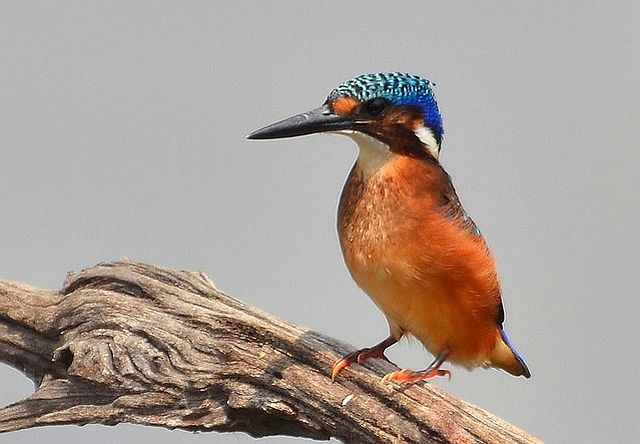 © Grumpy
© Grumpy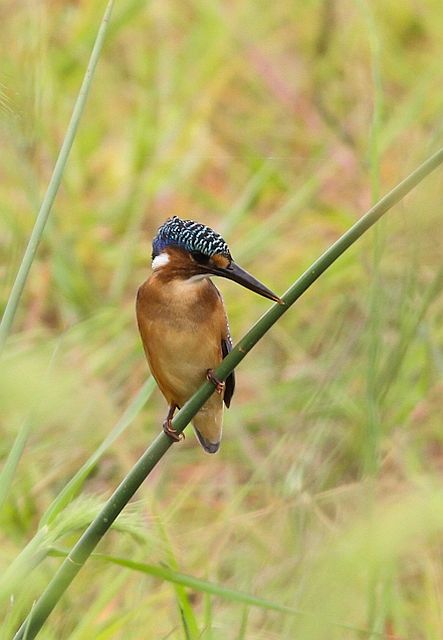 © Super Mongoose
© Super Mongoose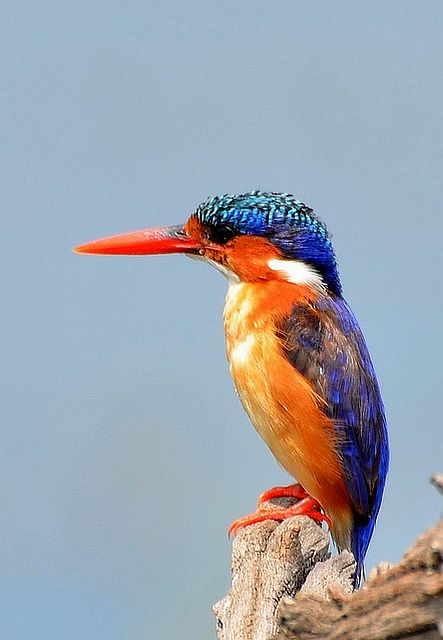 © Grumpy
© Grumpy © Toko
© Toko © Flutterby
© Flutterby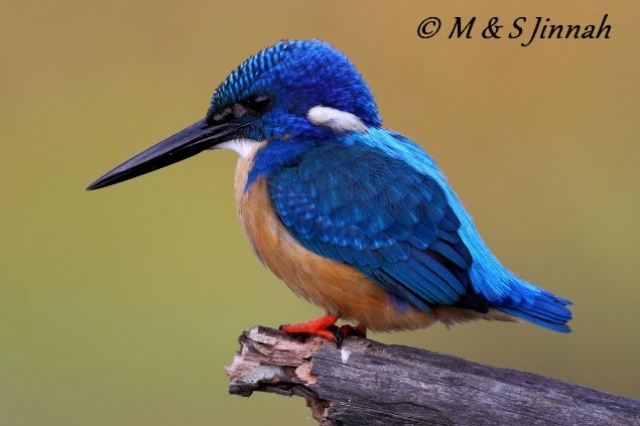 © Sharifa
© Sharifa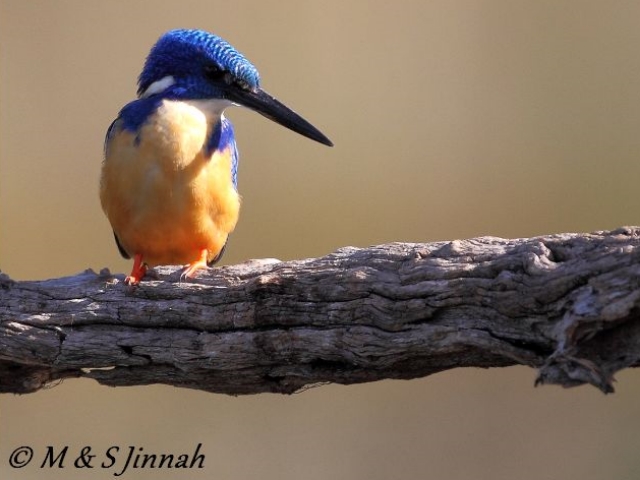 © Sharifa
© Sharifa © Sharifa
© Sharifa © BluTuna
© BluTuna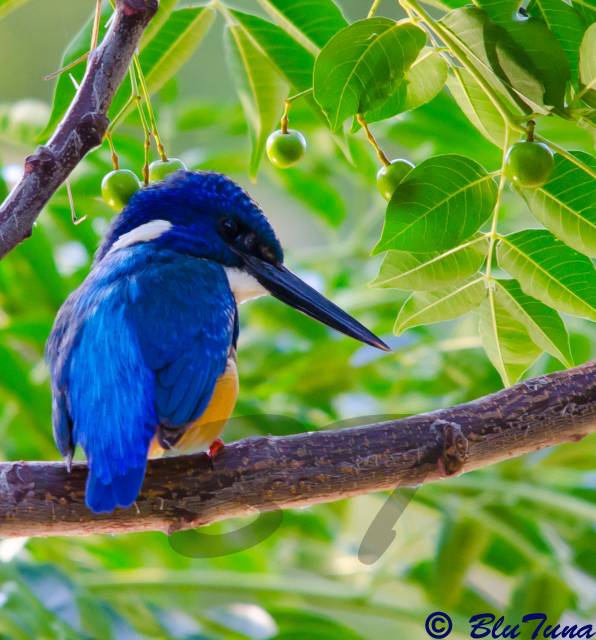 © BluTuna
© BluTuna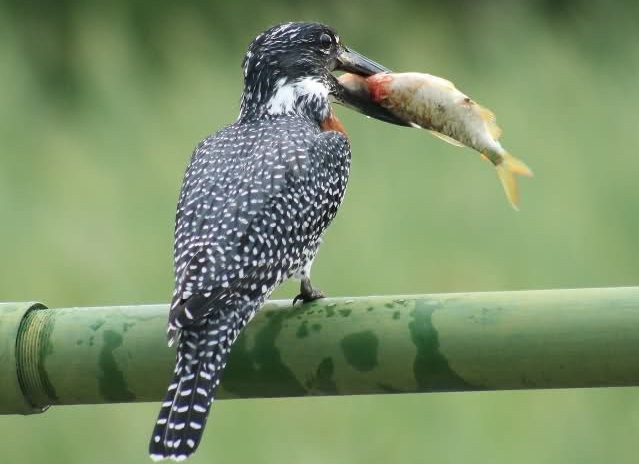
 © Joan
© Joan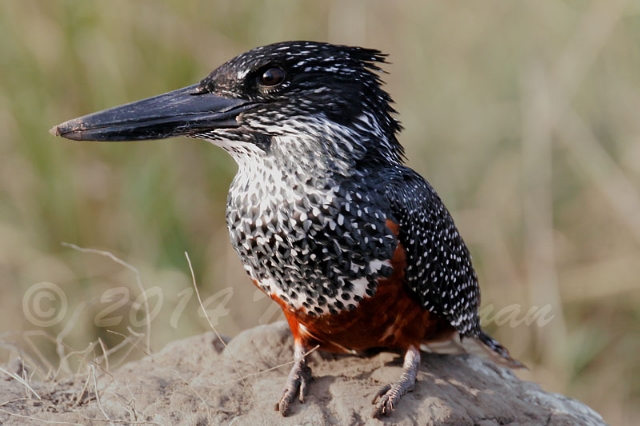 © Moshi Monster
© Moshi Monster © Bushcraft
© Bushcraft © BluTuna
© BluTuna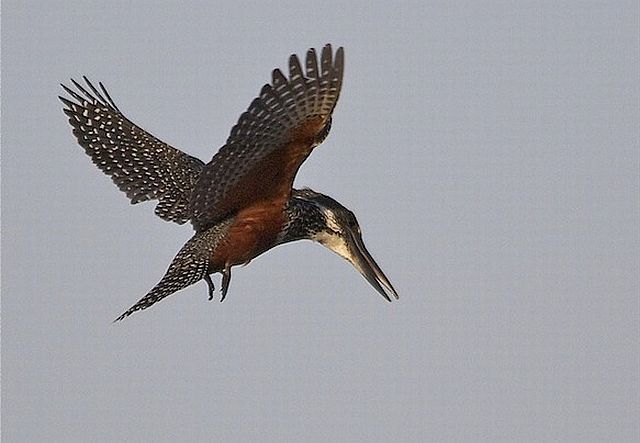 © ExFmem
© ExFmem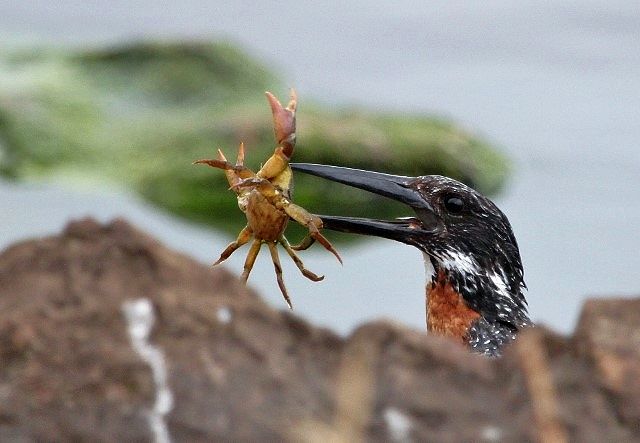 © nan
© nan © BluTuna
© BluTuna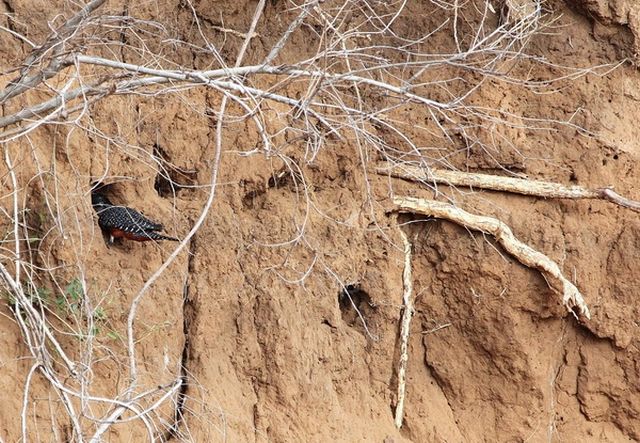 © nan
© nan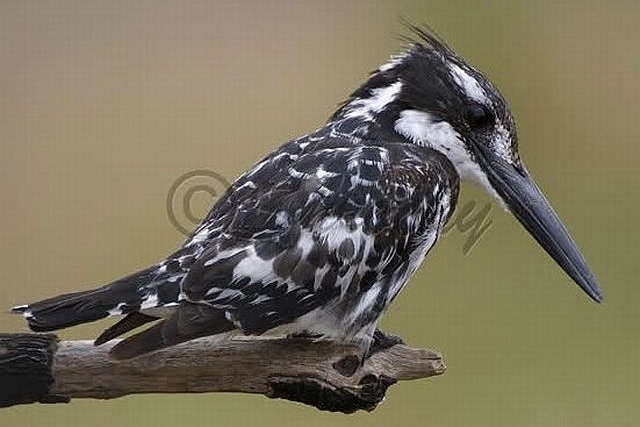
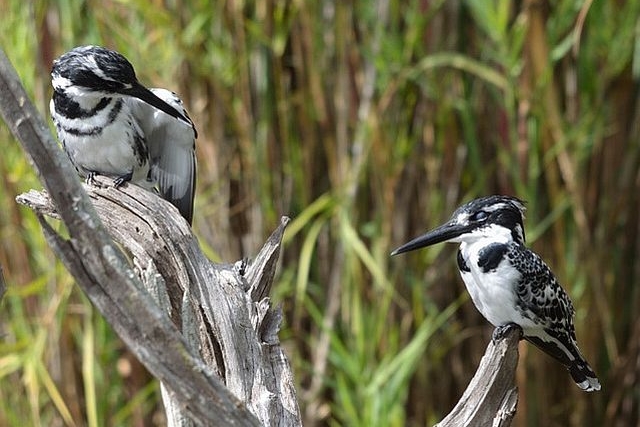 © BluTuna
© BluTuna © ExFmem
© ExFmem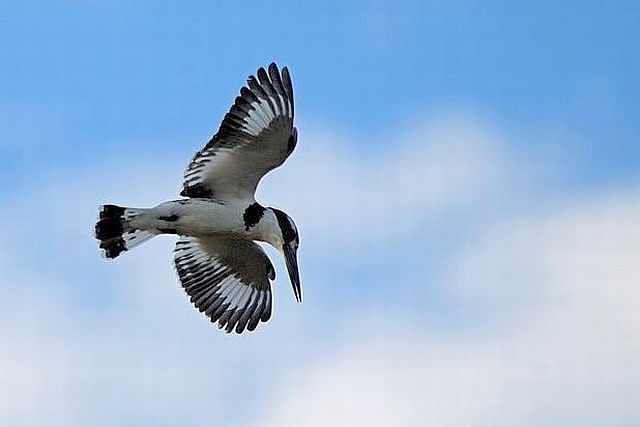 © Dewi
© Dewi © Sharifa
© Sharifa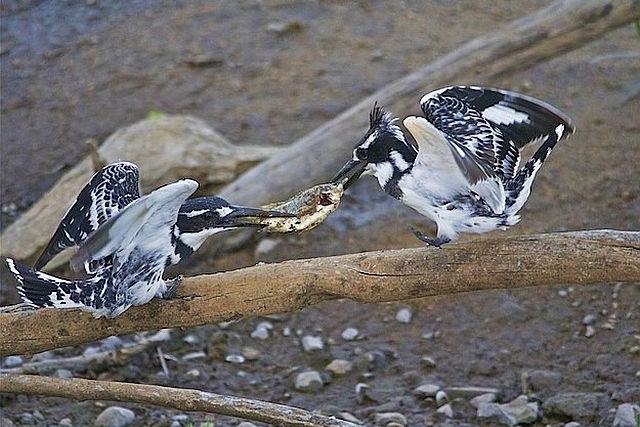 © ExFmem
© ExFmem © Pumbaa
© Pumbaa  © Pumbaa
© Pumbaa © BluTuna
© BluTuna